The Inconvenient Truth About AI Ethics in Observability
Let's be honest: most conversations about AI ethics sound like they're happening in a boardroom, not an ops room. But here's the thing, when you're using AI to make sense of your telemetry data, ethics isn't some abstract concept. It's the difference between insights you can trust and algorithmic noise that leads you down the wrong path.
The uncomfortable reality? Your AI is only as ethical as the messiest, most biased piece of telemetry data you feed it. And if you think your data is clean, well... that's adorable.
Why Your Telemetry Data Has an Ethics Problem
Most teams don't set out to build biased AI. They stumble into it because telemetry data is inherently messy. Your logs contain user IDs that shouldn't be there. Your metrics are missing context from certain environments. Your traces reflect the unconscious biases of whoever configured the instrumentation.
The result? AI that perpetuates blind spots, amplifies existing problems, and occasionally makes decisions that would make you question everything if you knew how it reached them.
Here's what actually matters when building trustworthy AI for observability.
The Five Principles That Actually Matter
1. Human-Centric (Not Buzzword-Centric)
Your AI should make your team smarter, not replace their judgment. This means being thoughtful about what data you use for training. Just because you can train on everything doesn't mean you should. Some data creates AI that's technically impressive but practically useless—or worse, actively harmful to the humans trying to use it.
2. Fair (Which Is Harder Than It Sounds)
Bias in telemetry data is sneaky. Maybe your monitoring only captures errors from certain microservices. Maybe your dashboards reflect the assumptions of whoever built them first. These blind spots become AI blind spots, and suddenly you're optimizing for the wrong things entirely.
The fix isn't perfect data—it's knowing where your data is imperfect and accounting for it.
3. Transparent (Because Black Boxes Are Terrifying)
If your AI can't explain why it flagged an anomaly, how do you know whether to trust it? Transparency isn't about dumbing down algorithms—it's about structuring your telemetry data so the path from input to insight makes sense.
When your AI says "this looks weird," you should be able to follow its reasoning. Otherwise, you're just outsourcing your confusion to a machine.
4. Secure (Obviously, But Also Obviously Ignored)
Here's a fun thought experiment: what happens if your AI training data gets compromised? Suddenly, someone else knows your system architecture, your performance patterns, and probably some things about your users they shouldn't.
Securing telemetry data isn't just about access controls—it's about understanding what information your data reveals and protecting that, too.
5. Accountable (The Human Override Button)
AI should augment human decision-making, not replace it. This means maintaining the ability to understand, question, and override AI recommendations. If your team can't explain why they acted on an AI insight, you've built a very expensive coin-flipping machine.
What This Looks Like in Practice
It comes down to taking active control of your data, building in safeguards for quality and privacy while maintaining a clear view of what’s happening from end-to-end.
Strip Out the Sensitive Stuff
Personal information has no business in your AI training data. Period. This isn't just about compliance—it's about building AI that focuses on system behavior, not individual users. Use redaction and encryption processors to clean your data before it reaches training pipelines.
With Mezmo, this happens automatically. Because honestly, you have better things to worry about than regex patterns for email addresses.
See What's Actually Happening
You can't fix what you can't see. Most data quality issues hide in the gaps between collection and training. Use real-time inspection to catch problems as they happen, not after they've poisoned your models.
Mezmo's Tap feature lets you peek inside your data streams. It's like having X-ray vision for your telemetry pipeline—which is exactly as useful as it sounds.
Build Quality Gates That Actually Work
Set up alerts that catch weird data before it reaches your AI. Not just "this number looks big" alerts, but smart ones that understand context and catch the subtle problems that break AI models.
Test your processing with sample data first. Because discovering your AI is broken during an incident is nobody's idea of a good time.
Actually Understand Your Data
This might be the most important point: don't send data to AI training if you don't understand what it contains. It sounds obvious, but you'd be surprised how many teams treat telemetry data like a firehose they can't control.
Use data profiling to understand what you're actually working with. Then make conscious decisions about what to include, exclude, or transform.
The Real Talk
Building ethical AI isn't about checking boxes or following frameworks. It's about understanding that the decisions you make about data today directly impact the reliability of insights tomorrow.
The good news? You don't need perfect data to build trustworthy AI. You just need to be honest about what your data can and can't tell you, then build systems that account for those limitations.
That's where thoughtful telemetry pipeline design makes all the difference. With Mezmo, you get the tools to see, understand, and ethically manage your data—so you can focus on building AI that actually helps instead of just looking impressive in demos.
Because at the end of the day, the best AI is the one your team trusts enough to act on.
Stop Building AI on Bad Data
The difference between a trusted insight and algorithmic noise is the quality of your telemetry pipeline. Mezmo gives you the power to see, clean, and control your data before it poisons your AI models. Get started here with your 30-day free trial of Mezmo.

.jpg)

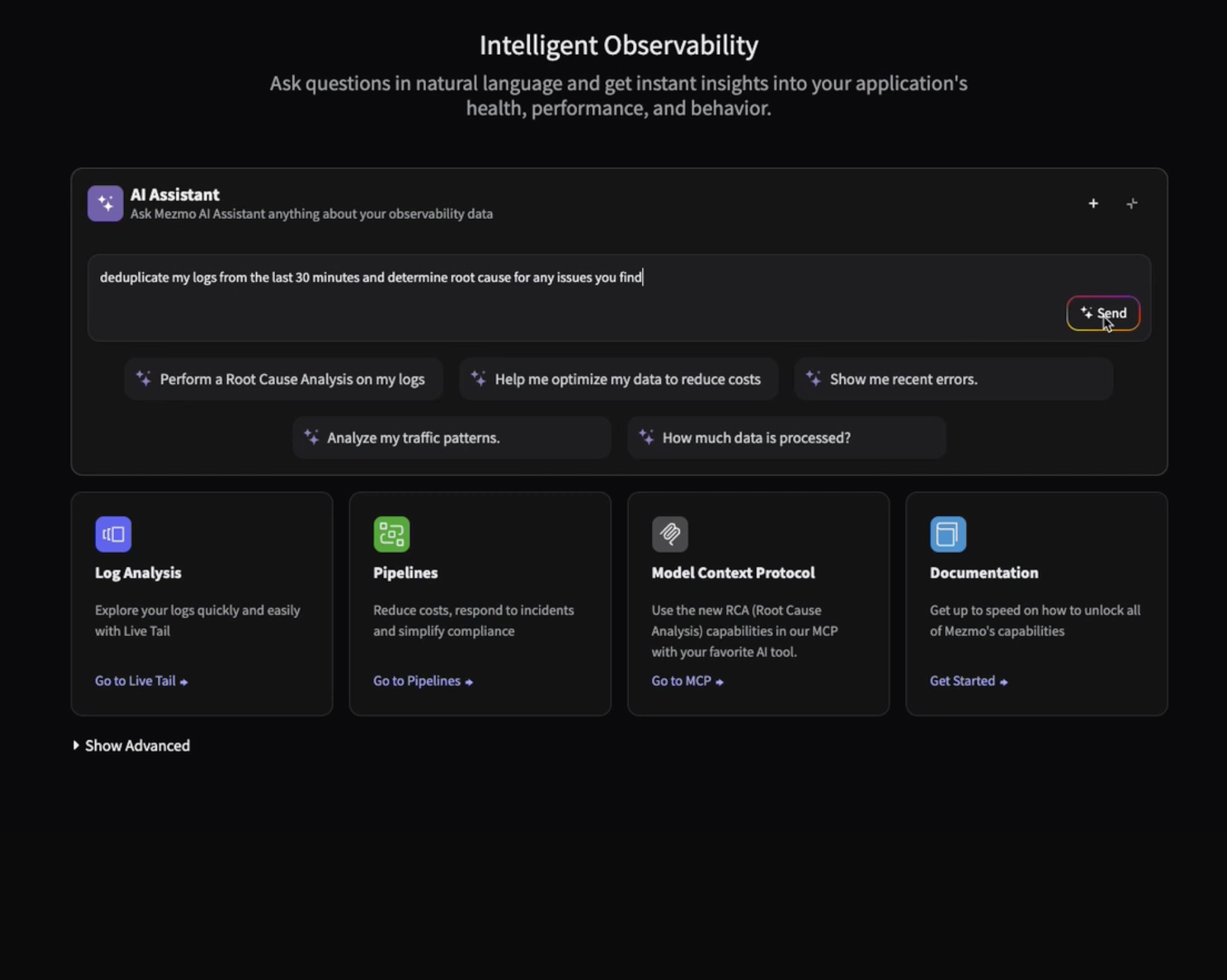
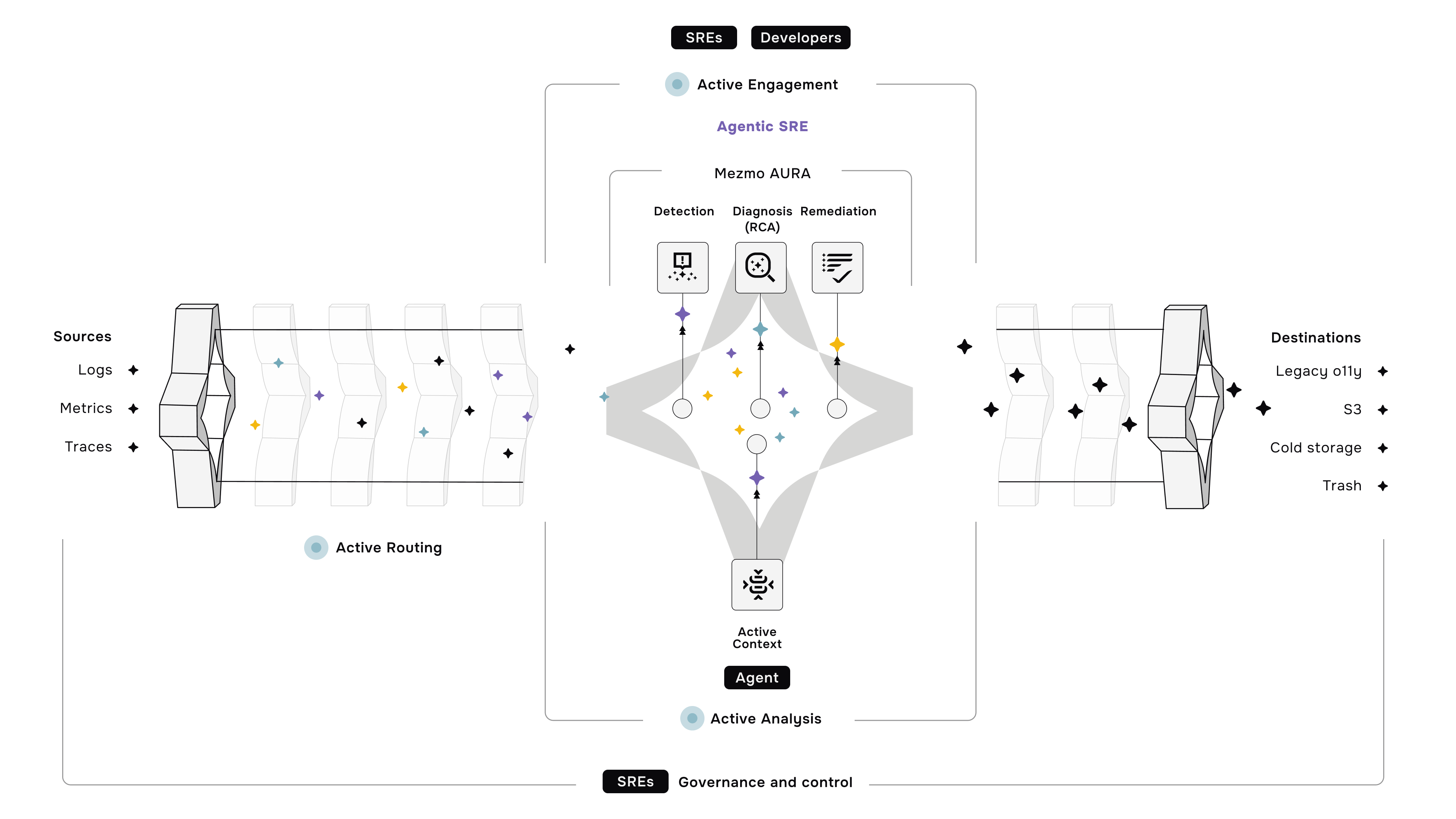
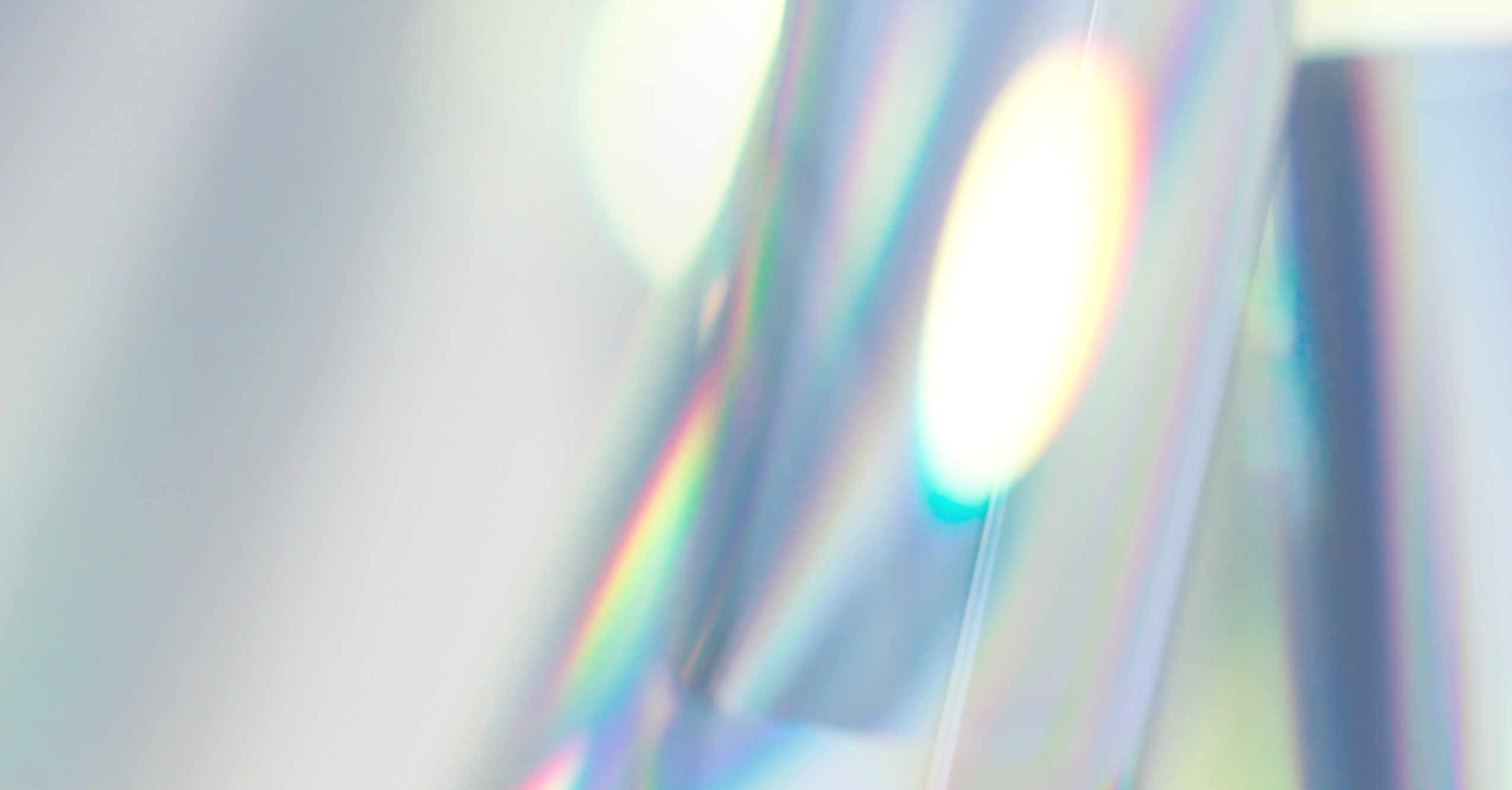



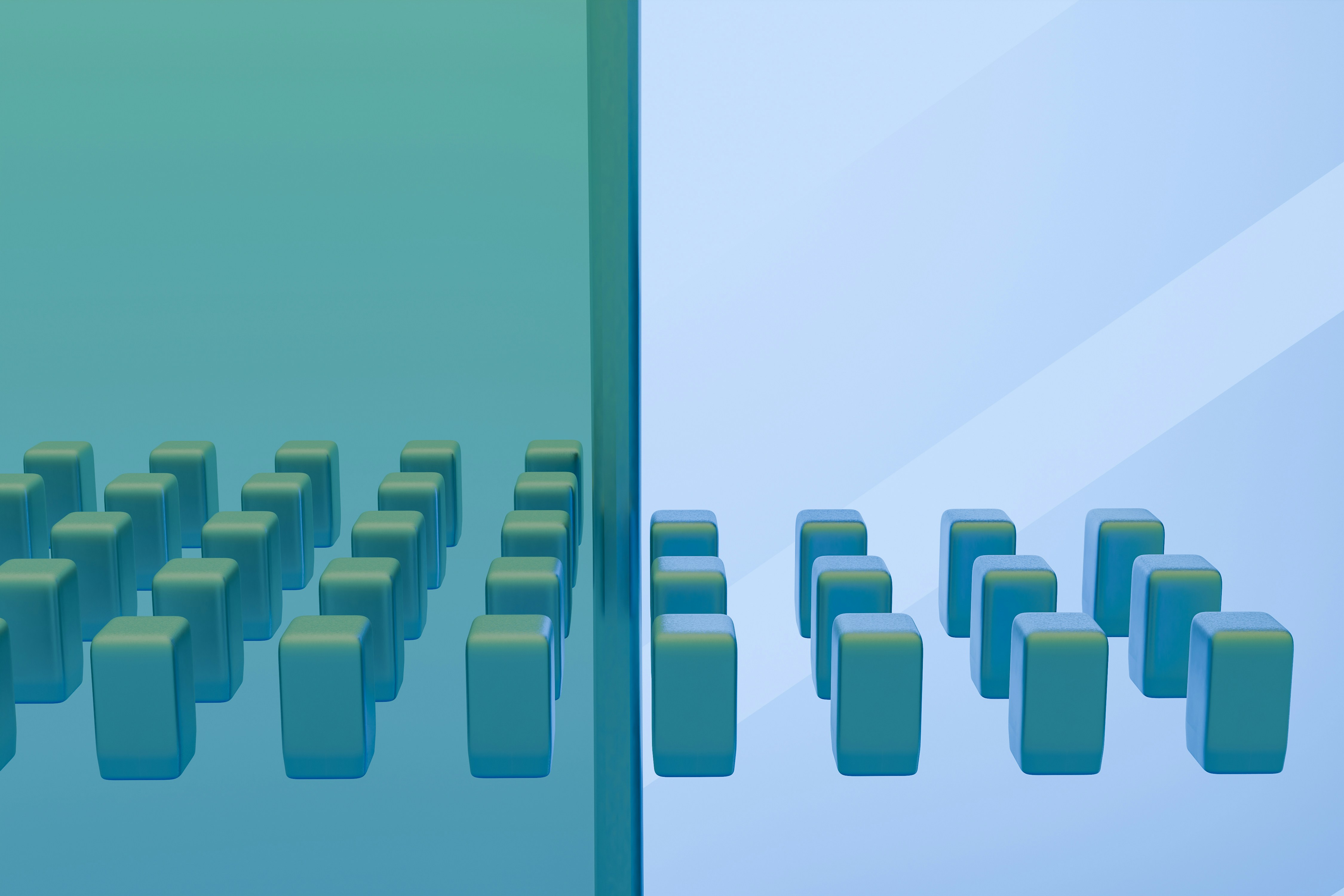




.png)


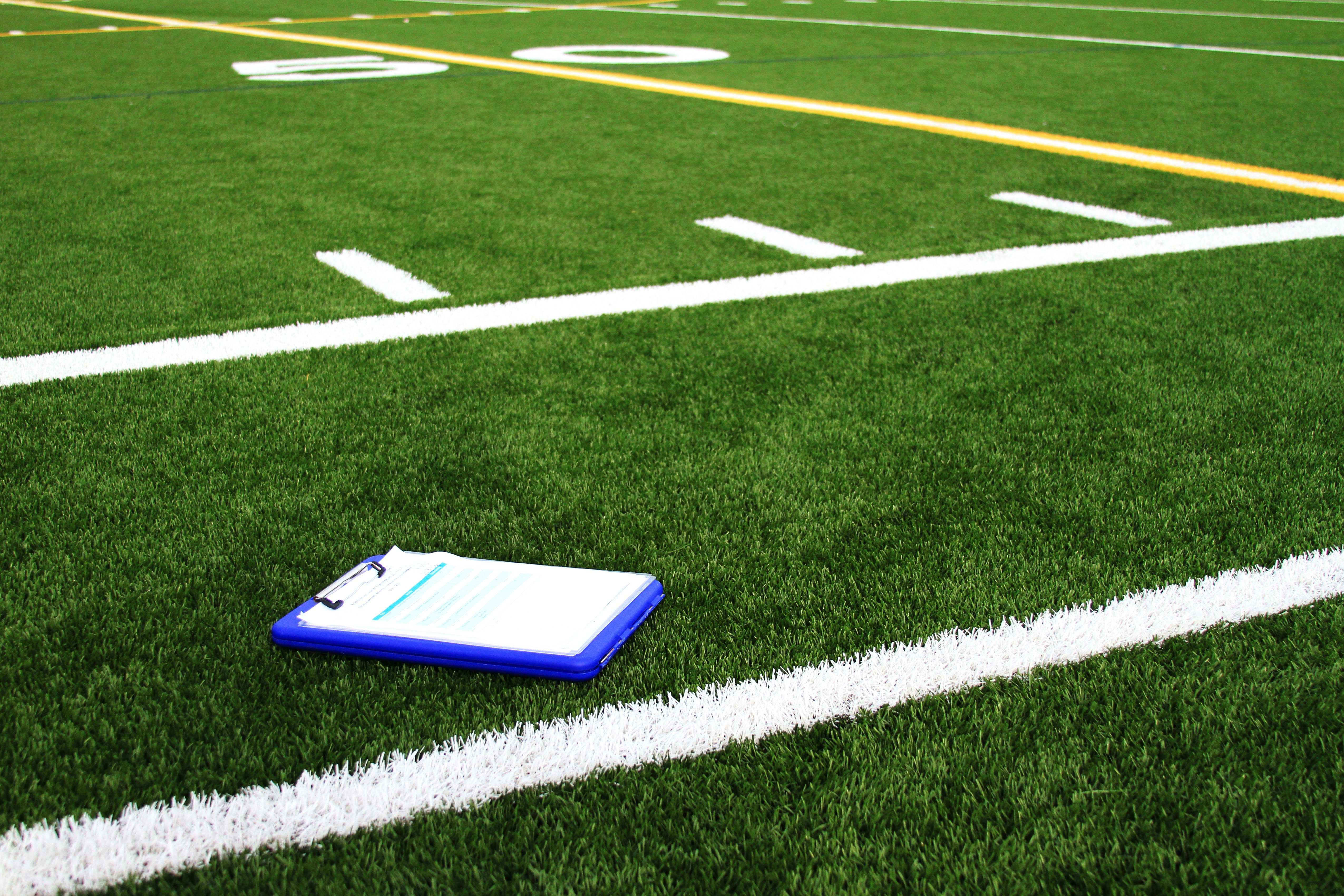
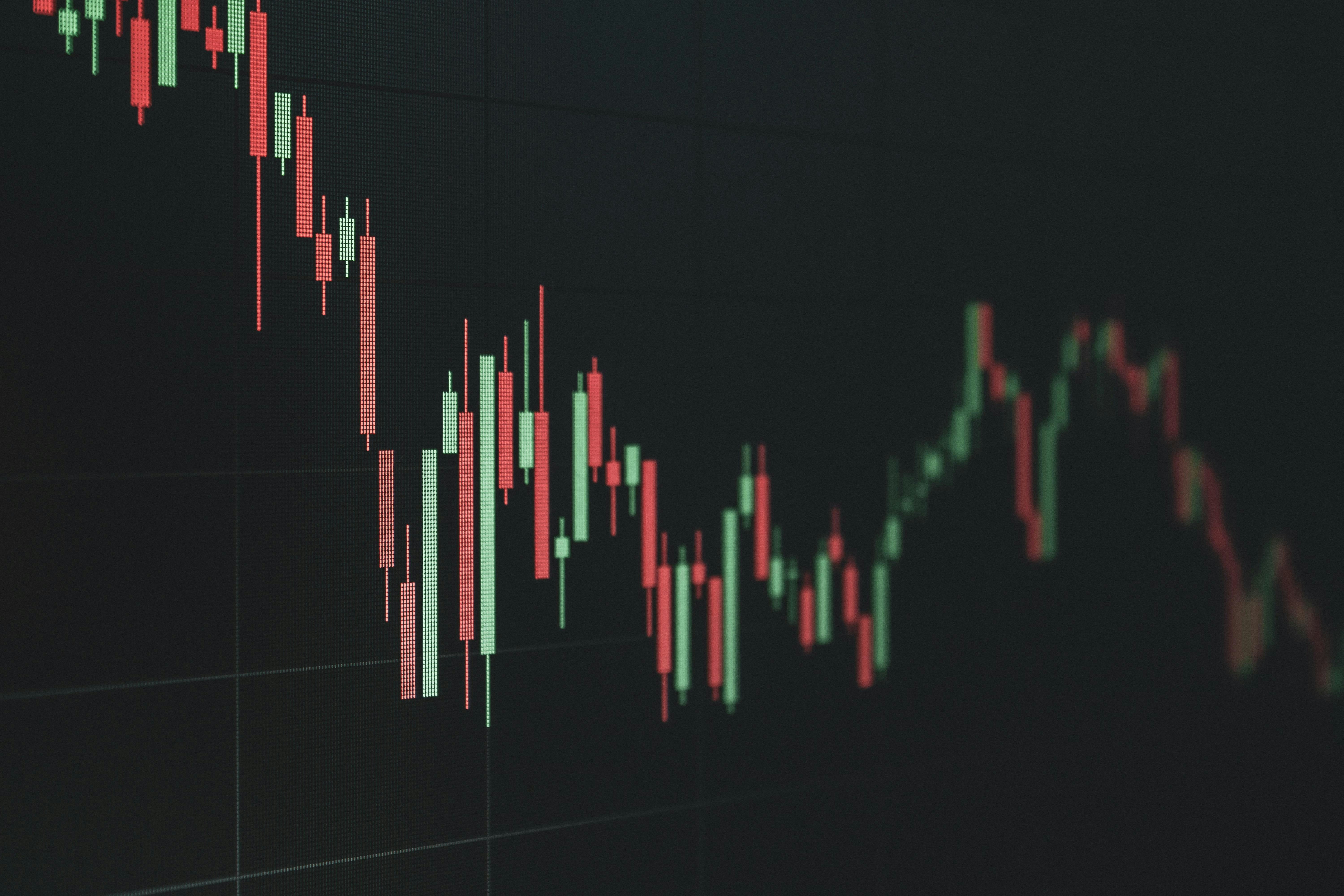




















.png)

































































